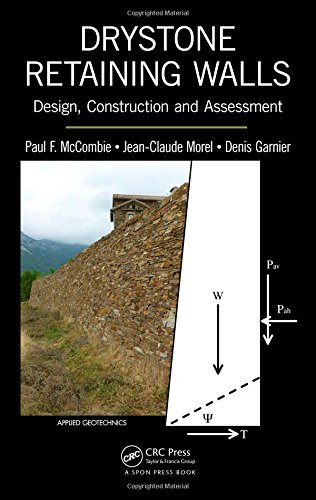

Most ebook files are in PDF format, so you can easily read them using various software such as Foxit Reader or directly on the Google Chrome browser.
Some ebook files are released by publishers in other formats such as .awz, .mobi, .epub, .fb2, etc. You may need to install specific software to read these formats on mobile/PC, such as Calibre.
Please read the tutorial at this link: https://ebookbell.com/faq
We offer FREE conversion to the popular formats you request; however, this may take some time. Therefore, right after payment, please email us, and we will try to provide the service as quickly as possible.
For some exceptional file formats or broken links (if any), please refrain from opening any disputes. Instead, email us first, and we will try to assist within a maximum of 6 hours.
EbookBell Team

4.7
66 reviewsTake a Detailed Look at the Practice of Drystone Retaining Wall Construction
Drystone retaining walls make very efficient use of local materials, and sit comfortably in their environment. They make an important contribution to heritage and to the character of the landscape, and are loved by many people who value the skill and ingenuity that has gone into their construction, as well as simply how they look.
And yet, in engineering terms, they are complex. They can deform significantly as their loading changes and their constituent stones weather. This gives them ductility―they deal with changes by adapting to them. In some ways, they behave like conventional concrete retaining walls, but in many ways they are better. They cannot be designed or assessed correctly unless these differences are understood.
Implementing concepts that require no prior knowledge of civil engineering, the authors:
Drystone Retaining Walls: Design, Construction and Assessment draws on theoretical work and full-scale practical testing to explain how these structures work, without presuming that the reader has received an engineering education. The book goes on to give enough detail to give the professional engineer confidence in the methods used in design and assessment, and insight into what matters most in the way in which drystone retaining walls are built. It shows how to design new or replacement drystone retaining walls that are efficient, sustainable, attractive, and in keeping with the character of the area where they are built, and demonstrates how to make fair assessments of existing walls.